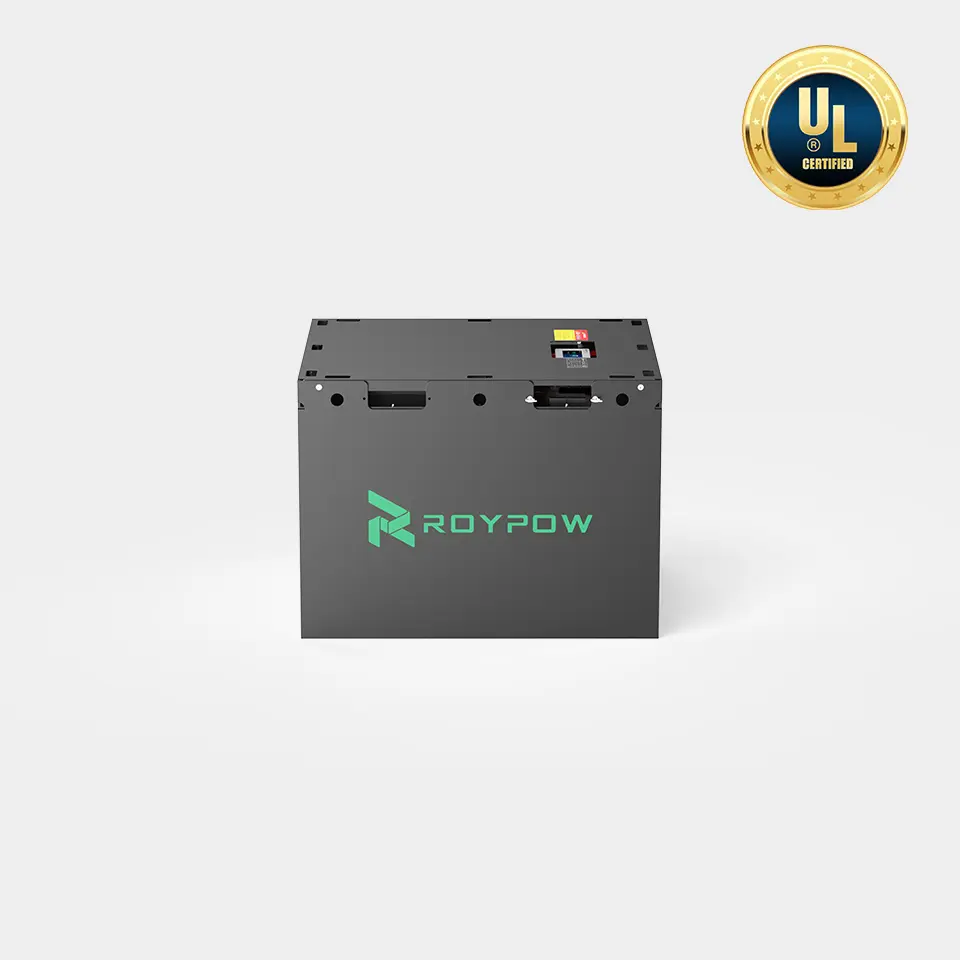Forklift batteries from ROYPOW provide businesses with increased productivity and safety because to their dedication to quality and dependability. In warehouse settings, limiting downtime and guaranteeing continuous operation depend on careful battery replacement planning. When preparing to change your battery, keep these crucial procedures in mind.

Assessing Current Battery Performance
The first step in planning for battery replacement is evaluating the current performance of your forklift lithium batteries. Monitor key indicators such as cycle life, charge capacity, and overall efficiency. A lithium forklift battery should typically deliver consistent performance over its lifespan; however, factors such as frequent deep discharges or inadequate maintenance can reduce its effectiveness. Regularly checking these performance metrics can help identify when it’s time to consider replacement, ensuring that operations remain smooth and efficient.
Additionally, maintaining accurate records of battery usage and performance will provide valuable insights for predicting future battery needs. This data can aid in making informed decisions about scaling battery inventory based on seasonal demand fluctuations and operational growth.
Establishing a Replacement Schedule
Once you have assessed the performance of your batteries for forklifts, establish a replacement schedule based on the battery’s lifecycle. For ROYPOW lithium forklift batteries, which have a design life of up to 10 years and more than 3,500 cycles, planning replacements around these timelines ensures optimal efficiency. Schedule replacements before performance declines significantly, as this will help avoid unexpected downtime and maintain productivity levels.
Conclusion
In conclusion, effective planning for battery replacement in material handling operations is vital for maintaining efficiency and minimizing disruptions. By assessing current battery performance and establishing a reliable replacement schedule for your lithium forklift batteries, businesses can ensure continuous operation and improved productivity.

